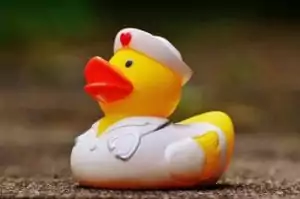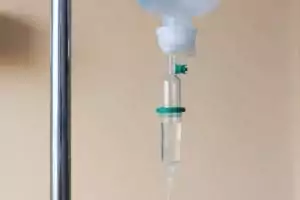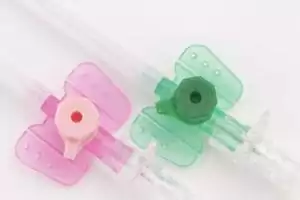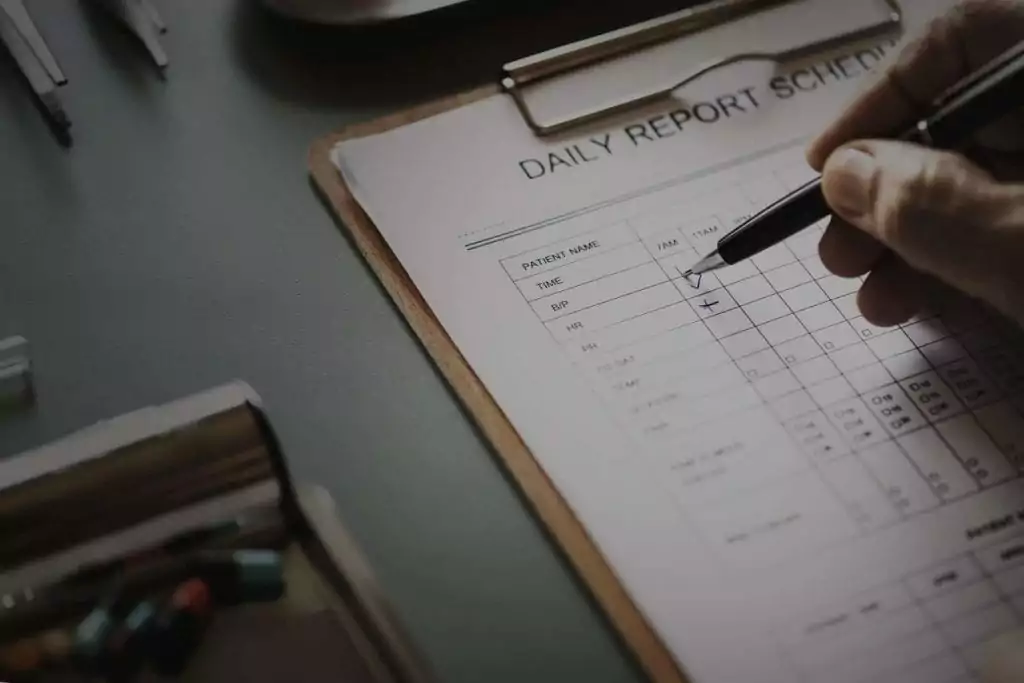By Bernard Lima-Chavez
As a veterinary technician, I have never been comfortable with the term “technician”.
Personally, I’ve always felt it places too much emphasis on the technical tasks that veterinary technicians perform while simultaneously diminishing or ignoring the critical and life-saving nursing care that technicians provide for their patients.
Although I am no longer a practicing veterinary technician and now work instead as a writer and blogger who shares information about pet care, animal health, training and the human-animal bond, I am fiercely proud and protective of the veterinary technician profession, my fellow technicians and the thousands of animals whose health and lives I helped to improve.
My education and training were first-rate, which allowed to me to excel and flourish as a shelter technician, and I still volunteer to help the medical team at a local animal shelter when I can fit it into my schedule. Additionally, I incorporate my education and experience into much of my freelance writing and my blog, The Graffiti Dog.
Though I may no longer be working as a veterinary technician in a clinical setting, in my heart, I will always be a veterinary technician- or, as the National Association of Veterinary Technicians in America (NAVTA) is working hard to have us designated, Registered Veterinary Nurse.
NAVTA is spearheading the Veterinary Nurse Initiative (VNI) through its Veterinary Nurse Initiative Coalition, which is working with the American Veterinary Medical Association (AVMA), American Association of Veterinary State Boards (AAVSB), the pet industry, professional organizations as well as state legislators to create common terminology, policies and nationally standardized credentialing procedures.
The VNI’s stated goal is, “to standardize the credential for our profession in terms of credentialing requirements, title, and scope of practice throughout the nation.”
This is not a unique concept. Throughout the world, veterinary technicians are commonly
called veterinary nurses. As such, they have been recognized as true medical professionals and they have governmental support.
Back here in the United States, however, titles, credentialing requirements and scopes of practice for veterinary technicians vary widely and wildly from one state to another.
In some states, such as the state of Florida where I currently live, veterinary technicians are credentialed as Certified Veterinary Technicians. In my home state of Michigan, the state I grew up in, technicians are credentialed by the state as Licensed Veterinary Technicians. Still, in other states, their technicians are Registered Veterinary Technicians or Licensed Veterinary Medical Technicians.
Is this just semantics? In short, no. It is much more meaningful than that with real-life implications.
The inconsistency of the current system leads to, among other things, confusion and a lack of understanding of the role and function a veterinary technician performs and the critical role we play in patient care.
According to NAVTA, “The term “technician” implies an individual has mastered the science and technology involved in the profession. The term “veterinary nurse” will incorporate the art of caring for our animal patients from a whole picture perspective in addition to the science and technology.”
For me, nowhere is the confusion and lack of awareness and understanding of the veterinary technician’s role and the veterinary technician profession, in general, more prevalent than with pet owners. Let me share an example to illustrate my point.
When I was still practicing as a veterinary technician, I would go to parties and, inevitably, would be asked, “What do you do?” I dreaded this question because, unlike other professions, such as a nurse, attorney, accountant or, yes, even veterinarian, I had to explain my job and what I did. The term “veterinary technician” is vague and doesn’t communicate in a meaningful way to most pet owners, or the public, the role of a veterinary technician in patient care.
“I’m a veterinary technician”, I would answer and wait for the look of confusion I knew was coming. They never understood what I meant or what I did for a living. Some assumed my role was limited to operating technical equipment in the back of the veterinary clinic. Some assumed I played with puppies and kittens all day. But most people simply stared at me with confused glassy-eyes, scanning the room, quickly searching for an escape from me and my weirdo, nondescript job.
But as I explained the actual tasks and functions I performed every day, they began to understand. They begin to see that my scope of duties was robust, varied and critical to patient care.
Often times, I would end my explanation by saying, “In a lot of other countries, we are called veterinary nurses”, carefully couching my description so as not to misrepresent myself or the profession.
Once I hit on the term “veterinary nurse”, a light bulb would go off and they felt they had a better understanding- I was an animal nurse who took care of pets! Feeling that they now understood my profession and career, these pet owners often whipped out their phone to share photos and stories of their pets.
The inconsistency of the current system leaves pet owners with little understanding of the role of a credentialed veterinary technician in the health and care of their pet. It is NAVTA’s belief that a single, unified title and a standardized credential throughout all 50 states will, among other things, create clarity in the public perception of the veterinary technician and all that we do.
Additionally, and most relevant to my example, NAVTA believes that pet owners and veterinary consumers need to, “understand what credentialed veterinary technicians/nurses do on a daily basis in regards to patient care. Additionally, pet owners are demanding qualified veterinary nursing personnel, which leads to consumer protection and patient care”
Is progress with the Veterinary Nurse Initiative being made? Happily, yes!
Excitement and support are building and progress is most definitely being made. The North American Veterinary Community (NAVC) has renamed its peer-reviewed publication Today’s Veterinary Technician as Today’s Veterinary Nurse to reflect their support and the changes underway.
Additionally, important pet industry companies have announced their support of the Veterinary Nurse Initiative and have committed themselves as both supporters and sponsors of the VNI. These companies include Banfield Pet Hospital, Royal Canin USA and BluePearl Veterinary Partners, all members of the Mars Inc. family of companies.
As progress is being made on many fronts, the question I ask myself is this: what can I and other veterinary technicians do to support the VNI? There are many ways veterinary technicians can lend a hand to make this a reality.
First, veterinary technicians can learn more about NAVTA’s Veterinary Nurse Initiative by visiting the NAVTA Veterinary Nurse webpage.
Second, we can receive important updates on NAVTAs Veterinary Nurse Initiative by signing up for email updates here.
Third, and maybe most importantly, we can begin to talk to and educate our friends, family, co-workers, clients, and veterinarians about this critical initiative and how it benefits the veterinary profession as a whole and will lead to better patient care and consumer protection.
We, as credentialed veterinary technicians, need to take responsibility and get involved, educate ourselves, speak up and help educate pet owners and the public in general about why the Veterinary Nurse Initiative is so important. Only then will we begin to be perceived as the critical members of the patient care team that we are.





